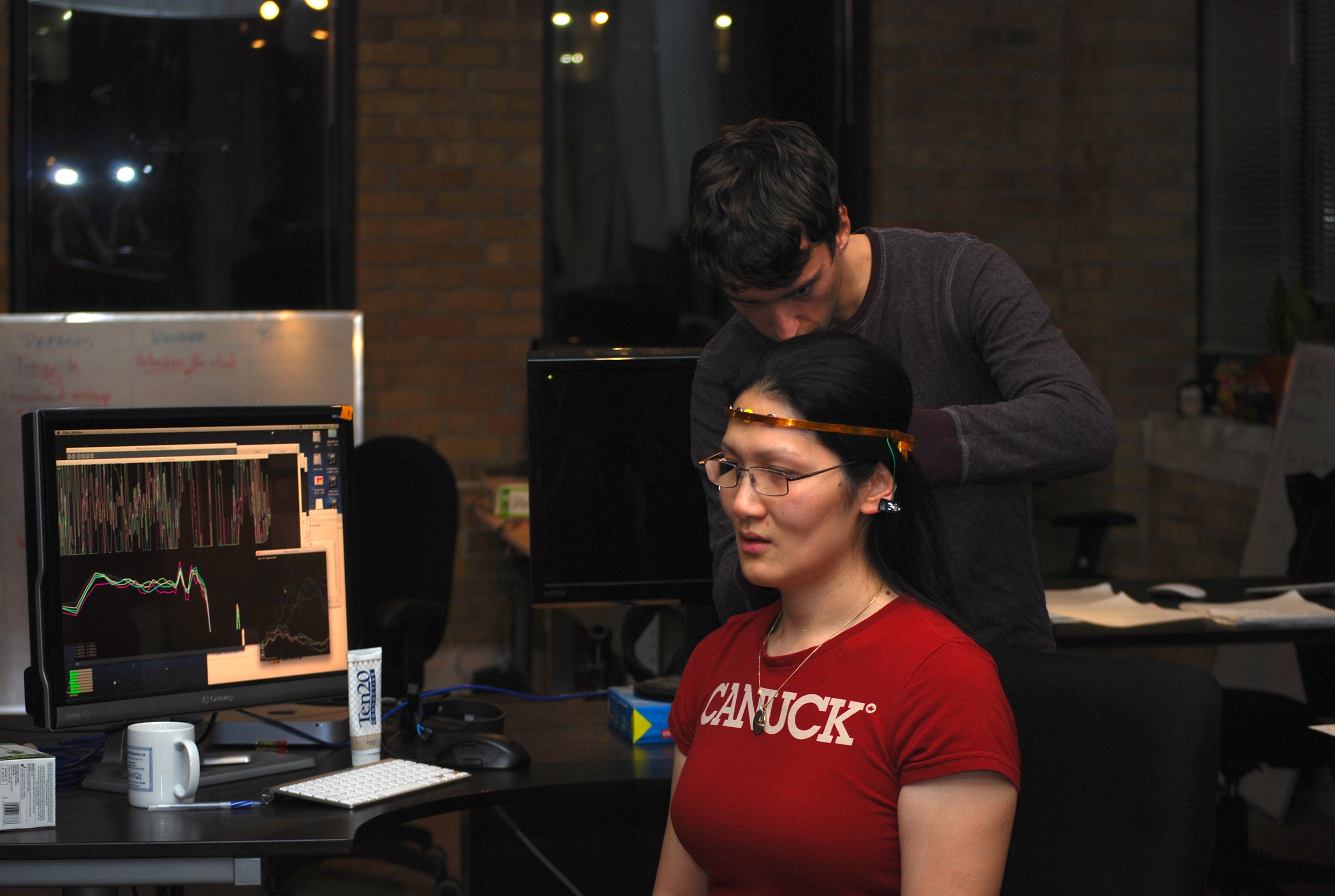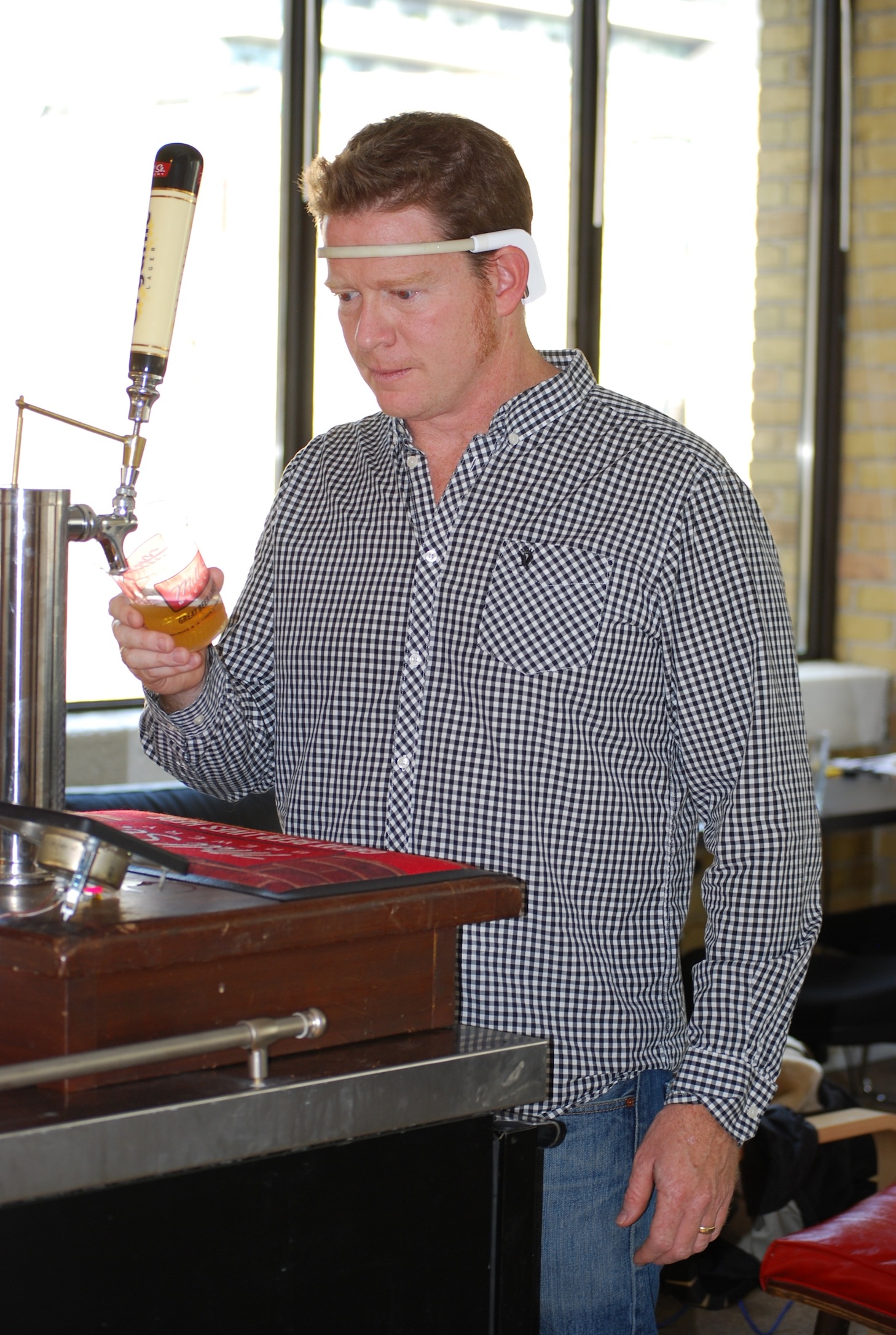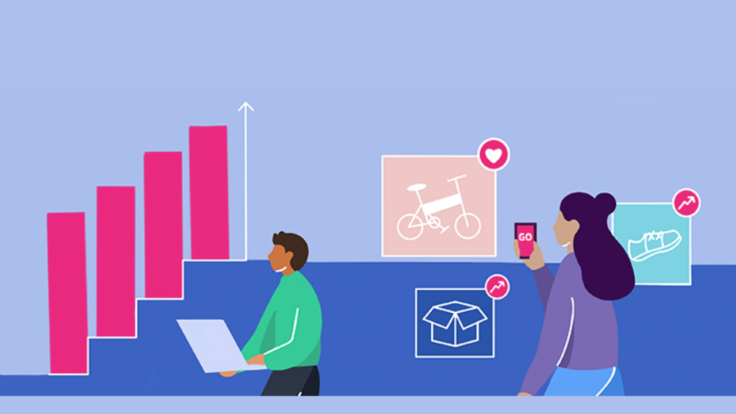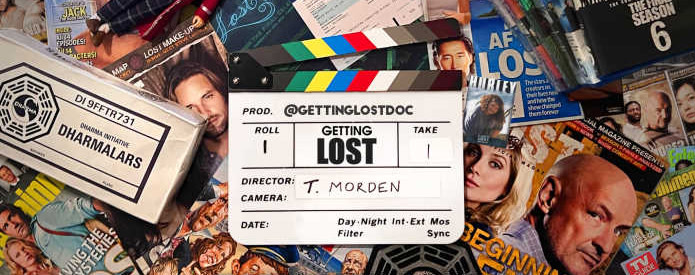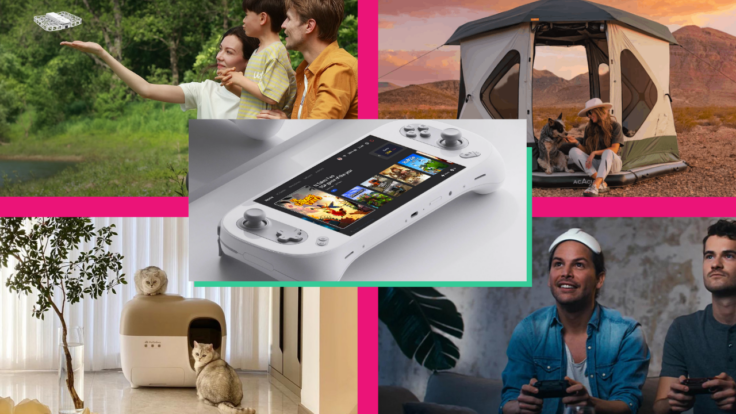https://youtu.be/FpB2aK5YAYw
When it comes to hitting your crowdfunding fundraising goal, getting the word out is crucial to getting more people in front of your campaign and in love with your idea, project, or cause. People often ask us for the best ways of doing this, which is why we wanted to highlight InteraXon’s campaign marketing plan — to provide examples and inspiration for spreading the word.
“Marketing” isn’t a strategy limited to large campaigns run by small businesses or professional consultants — it’s a tool that anyone with any size or type of campaign can employ — and can be anything from sending emails to friends and family to buying television ads.
InteraXon’s campaign to raise money for their brainwave-sensing head band, Muse, is a great example of some of the wide array of strategies that are available to crowdfunding campaigners.
From product demos to viral videos, the InteraXon team has executed on a number of small and larger marketing ideas that engage their audience and elevate their project.
https://youtu.be/Dy2XjyZ7NcU
Canadian Olympic athlete, Avianna Chao, visiting the InteraXon offices to try out Muse and discuss how it could impact the sport of air pistol shooting.
Representatives from Toronto-based microbrewery Mill Street Brewery visiting the InteraXon offices and trying their thought-controlled beer tap.
To find out more about what went into the campaign and marketing plan, I spoke with Trevor Coleman, the founder and CPO of InteraXon:
Why did you decide to crowdfund for the Muse Headband?
For a company like ours, crowdfunding is a great way to connect with an excited audience who are just as passionate about the technology as we are. Raising money is important, but it’s far more valuable for us to have people who are active and interested in supporting us as we go to market. Indiegogo gives us a great opportunity to connect with users early in our process, so we can incorporate their ideas and feedback and make Muse the best it can be.
What factors went into choosing Indiegogo?
There were a number of reasons why we preferred Indiegogo. For one we thought the Indiegogo audience was a better match for our product than other platforms. We also saw the large number of hard science projects on the site — from fertility treatments to heart transplant technologies to non-profit centered projects. We also have a number of investors and fellow portfolio companies that have had great experiences on Indiegogo, and after talking to the Indiegogo team at length, we were really inspired by their vision.
As you brought together your marketing plan, what were your main considerations?
Our main considerations were the diverse target groups we had to communicate with, their very different needs and interests they’d have in Muse and finding the best vehicles to reach them with next to no budget.
How have you executed your marketing?
Most of our marketing has been executed in-house through our own friends and family network as well as our own media contacts. We also used a PR agency to reach additional media with various stories from the actual technology to having an Olympian come in to demo Muse. We also tested some online ads and focused on a wide range of social media sites relevant to our individual target groups. Our crowdfunder also included us in their newsletter. We also developed timely promotional offers such as our US Thanksgiving t-shirt give away with purchase.
What has worked and what hasn’t worked as well?
Friends and family outreach certainly got the ball rolling fairly quickly. Specific media also generated traction. One of the highlights was being included in the Indiegogo crowdfunding newsletter where their audience was already pre-disposed to supporting other interesting projects. Online ads tested poorly however budget limitations likely played a factor.
What’s been a non-monetary benefit(s) of your campaign?
As I mentioned, the number one benefit has been the chance to connect with people who are passionate about Brain-Computer Interface technology and its potential applications. When you’re an early stage company like us, talking to the people who are actually going to be using your product is the most important thing you can do. Indiegogo has given us a lot more opportunities to do that. We’re learning a ton about what people want and what they care about just by listening to and answering their questions.
Another benefit that we didn’t expect so much, is the number of doors this campaign has opened for us with research labs and major R&D departments across North America. It’s been really exciting to start to have conversations about the larger potential of the technology to be disruptive across a number of spaces. I think that the crowdfunding campaign, and the media that’s surrounded it has really gotten the word out about InteraXon, our design philosophy, and our commitment to building great user experiences. It’s been really rewarding to see that our message is resonating with some of the top thinkers working in the space.
What’s next for InteraXon?
We’re already hard at work getting Muse ready for production. Our next big milestone is CES, where we’ll be showing off the headband at one of the world’s largest consumer electronics shows. Over the next few weeks we’ll have exciting updates to share as we’re building a working demo of the integrated brain health system that will ship with the headband. Personally, I’m going to be doing some really exciting roadmap work with Tracy and Chris, and mapping out the next five years of development. In the new year our CTO Chris will be travelling to do site inspections at contract manufacturers, and we’ll begin the certification process with organizations like the FCC, and ASA. I guess the real answer to this question is: too many things to list.
https://youtu.be/w_G4XbD0gtw
Check out InteraXon’s campaign for their brainwave sensing headband here: https://www.indiegogo.com/interaxonmuse
Have insights or stories you’d like to share with fellow and future crowdfunders? Email us at stories@indiegogo.com!

